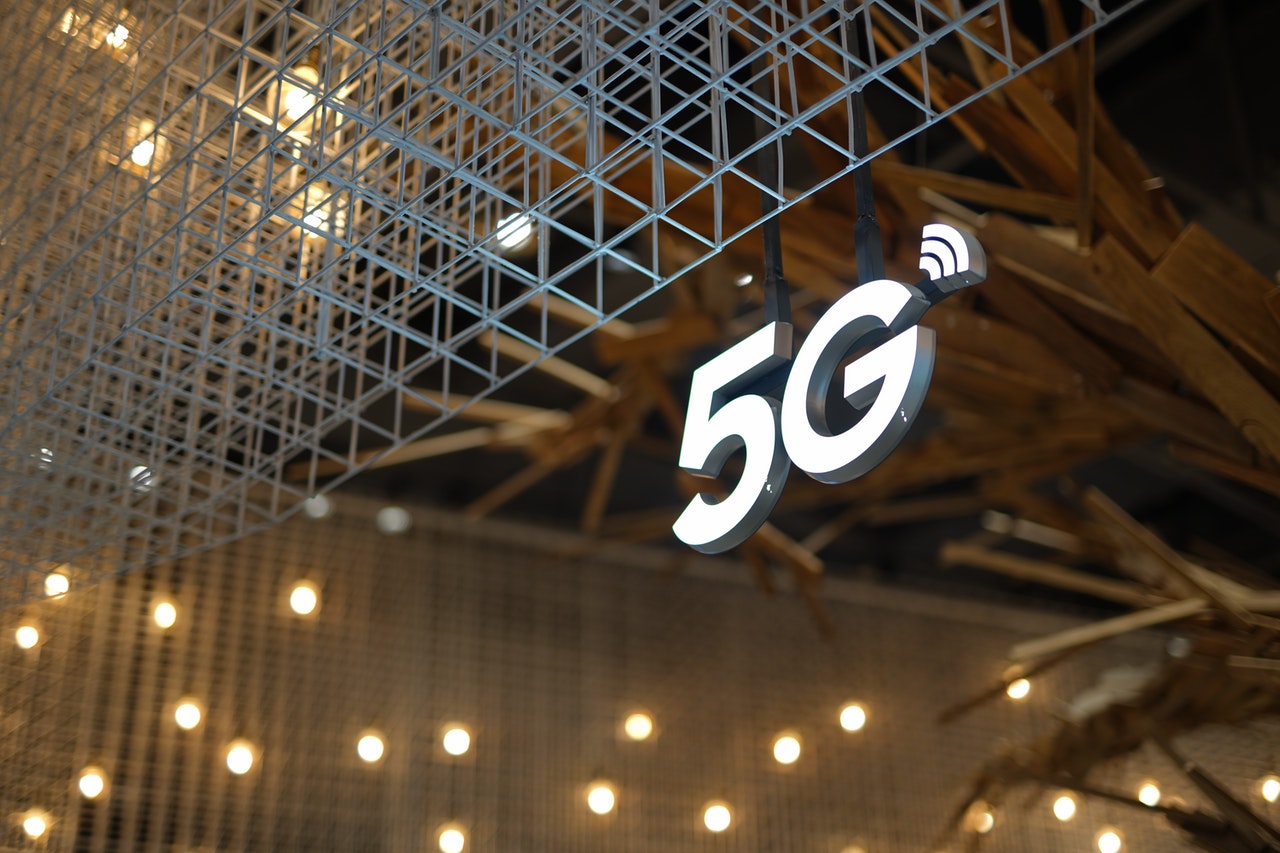While we may think of 5G as a futuristic network that would speed up our Internet, the genuine benefits will be felt in businesses across numerous industries, and Europe has what it takes to be a major leader in this industry. The fifth-generation mobile network, which will be quicker, more efficient, and secure, could assist advance technology in areas like healthcare, allowing doctors to conduct remote diagnosis and even facilitate remote operations.
It might allow other vehicles to be operated remotely, making tasks such as mining safer, and it could even allow robots to work fully in factories. The Finnish telecommunications behemoth, which used to manufacture mobile headsets, has set its eyes on becoming a 5G pioneer.
Nokia today manufactures routers, network processors, and telecom infrastructure technologies, including 5G networks. The firm also provides cloud-based services and solutions. “5G is currently at cruise pace,” van Tetering added, noting that around 30% of the bloc’s enterprises are digital, implying that there is a lot of interesting optimisation to pursue within organizations.
When it comes to consumer 5G, Japan and North Korea are ahead of the pack, but van Tetering believes Europe is “rapidly catching up” and could be a crucial role in harnessing 5G for enterprises. “We still have a lot of manufacturing going on inside Europe,” he said, “and I believe Europe might be in a sweet situation in that part of the 5G.”
5G cybersecurity concerns
However, 5G will enhance personal use for cloud, gaming, and the metaverse, which will be necessary to close the digital divide, especially as more of us rely on connectivity after the epidemic. 5G is high on Europe’s agenda, and governments, particularly in low-density areas, are pressing for it to be accelerated.
According to a 2022 European Court of Auditors study on the matter, the COVID-19 epidemic and safety concerns are among the reasons why 5G adoption has been slower than expected. Concerns have been raised about the safety hazards of essential services dependent on 5G networks, prompting the European Commission to establish a focused cybersecurity policy in 2020.
5G is safe, according to the Spanish research group Digital Future Society. “5G is just as safe as any other network; it gives us additional options and capabilities to strengthen the security of our networks.” That is, it provides us with split virtual channels through which we may construct different levels of protection,” Cristina Colon, director of the Digital Future Society, told Euronews Next.
5G connections will surpass 1 billion in 2022 and 2 billion by 2025, according to the global mobile communications trade association GSMA, although Europe is still lagging behind other regions of the world.
Bridging the digital divide
According to the European Telecommunications Network Operators’ Association’s The State of Digital Communications report, the percentage of Europeans covered by 5G nearly doubled between 2020 and 2021, hitting 62 percent last year compared to 30 percent the year before (ETNO). However, according to the research, all worldwide counterparts have substantially higher coverage rates, with the United States reaching 93.1 percent and South Korea 93.9 percent coverage in 2021.
Van Tetering believes that a combination of 5G, fixed wireless access solutions, and fiber internet will be used to bridge the digital divide and ensure that everyone, even in rural locations, has access to networks. “I expect to see more than just a single technology as a panacea for all problems.” Because of the need to close the digital divide, this will change,” he said. “And I think it’s a good thing because you can’t keep people out of society, which is what’s happening today.”
In the case of hybrid working, I believe we should provide equal opportunity to all.”

